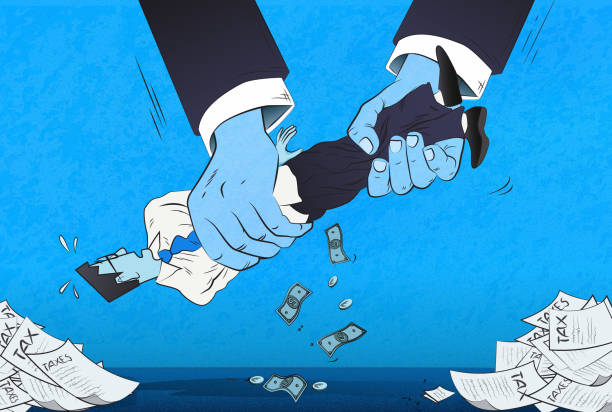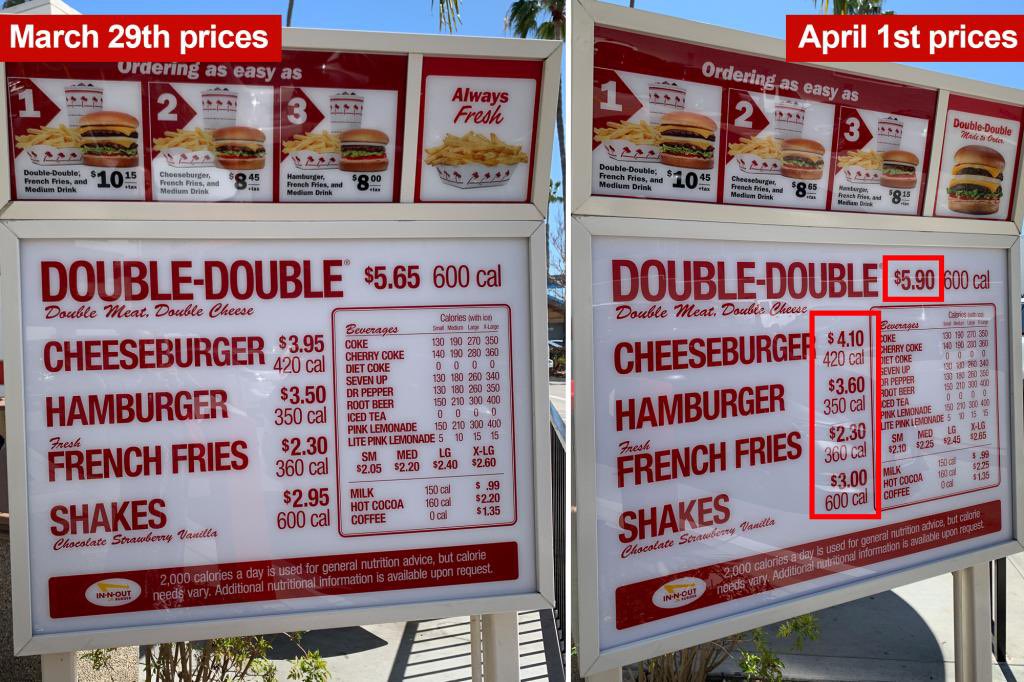Did Your Teen Find a Summer Job?
Introduction
The problem of stubbornly high unemployment continues to dominate the policy debate both nationally and in Washington state. Holding steady at 8.5%, Washington’s unemployment rate is higher than the national average and is 14th highest in the nation.
Young workers in Washington fare even worse. Our state’s teen unemployment rate is tied for sixth highest among the fifty states at 28.7%. The national teen unemployment rate is 23.8%.
Many people blame the floundering economy, not policy, for the state’s poor teen employment ranking, but since 2002, well before the recent recession, Washington consistently ranked among the top ten states with the highest teen unemployment. The single exception was 2007, when Washington briefly broke out of the top ten to rank 12th.
Background
The youth labor force (16- to 24-year-olds working or actively looking for work) grows sharply between April and July each year. During these months, large numbers of high school and college students seek or secure summer jobs, and many new graduates enter the labor market to look for permanent employment.
Over the last decade, youth employment has declined precipitously. Nationally, just 50.2% of Americans ages 16 to 24 had jobs in July 2012, the second lowest employment rate for this age group since data collection began in 1948 (the lowest was 2011). Young minority workers have been hit disproportionately hard. The unemployment rate nationally for young workers as of July 2012 is 17.1%, but for young Hispanics the unemployment rate is 18.5% and for black youth it is 28.6%.
Teen workers (16- to 19-year-olds) have been hardest hit:
- In 2002, 16.4% of teen workers in the U.S. were unemployed, and by 2011 teen unemployment had increased to 24.4%, with 23.8% unemployed as of July 2012.
- In 2002, 40.4% of teen workers in the U.S. were employed. By 2011 that number plummeted to 26.3% with a slight uptick as of July 2012 to 26.8%
The picture is even grimmer for teen workers looking for a job in Washington state over the past decade.
- The unemployment rate increased from 20.7% in 2002 to 30.4% in 2011.
- The percentage of employed teens decreased from 42.7% in 2002 to 23.7% in 2011.
The odds of employment are only slightly better for workers aged 20 to 24 in Washington state:
- The unemployment rate of young adults increased from 11.2% in 2002 to 17.7% in 2011.
- The percentage of employed young adults decreased from 70.4% in 2002 to 60% in 2011.
These dismal statistics do not tell the whole story — the standard unemployment rate does not count those 16- to 24-year-olds who have given up looking for work. Such pessimism is not unfounded; in 2010 the Bureau of Labor Statistics predicted that young people are unlikely to regain their pre-recession (2007) employment levels.
Analysis
According to two decades of research on the job-killing impact of a high minimum wage, there is a preponderance of evidence that raising the wage reduces employment for the least skilled.
“The studies that focus on the least-skilled groups that are likely most directly affected by minimum wage increases provide relatively overwhelming evidence of stronger disemployment effects for these groups.”
At $9.04 per hour, Washington law currently imposes the highest state minimum wage in the nation.
Because a high minimum wage decreases job opportunities, Washington officials allow 14- and 15-year-olds to be paid 85% of the state minimum wage, or $7.68 an hour, in order to mitigate some of the job losses for people in this age group. However, those 16 and older must be paid the full minimum wage, pricing many young workers out of the labor market.
Washington’s general unemployment rate, which was at 4.5% in 2007, is now hovering at 8.5% due to the effects of the current economic downturn. Young, inexperienced workers are bearing the brunt of the joblessness. Young workers’ jobless rate is usually higher than the general rate, but today the state’s teen unemployment rate is drastically higher at 28.7%.
The high minimum wage hurts the very people it is supposed to help: Low-skill and low-income workers.
According to the U.S. Department of Labor, only 3% of workers over the age of 25 earn the minimum wage. So teens and young workers, not adults, by far comprise the biggest sector of minimum wage earners.
Artificially increasing the cost of creating jobs (via a high mandated minimum wage) reduces the number of jobs created. The result is decreased job opportunities for young and unskilled workers.
- Economists from Miami and Trinity University found the 2007–2009 increase in the federal minimum wage reduced teen employment by 6.9%.
- Labor policy researchers at Cornell University found a 10% increase in the minimum wage causes four times more employment loss for employees without a high school diploma and African American young adults than it does for more educated and non-black employees.
- Economists at the University of California, Irvine, and the Federal Reserve reviewed 102 studies analyzing the impact of minimum wage and found the majority confirm “the view that minimum wages reduce the employment of low-wage workers.”
The job loss caused by a high minimum wage falls disproportionately on those who can least afford it: Low-skill workers, teens and young adults just entering the work force. Experience in Washington bears this out. This state has the highest state minimum wage in the nation, and it has one of the nation’s highest youth unemployment rates.
The Long-term Impact of Youth Unemployment
Economists have shown the significant long-term effects of youth unemployment — a “wage scar” that leaves a lasting impact on a worker’s employment prospects and earning trajectory. The longer a young worker remains unemployed, the bigger the scarring effect.
- Research published in the Journal of Labor Economics found high school students who worked part time had a greater likelihood of higher wages and better benefits in future employment, compared to their classmates that had not had a part-time job.
- Economists at Bristol University concluded the wage scar from youth unemployment into middle age is significant, with “persistently lower wages from a person’s youth unemployment experience.”
- Research published in the Journal of Human Resources estimates that early unemployment affects both wages and future unemployment. The research showed a six-month spell of unemployment at age 22 would result in an 8% lower wage rate, on average, one year later. The effects of this early spell persist; at age 26, wages would be 5% lower than what they would have otherwise been, and wages would be 2% to 3% lower at ages 30 and 31.
A study of youth unemployment in the United Kingdom determined that one year of unemployment at age 22 reduced wages by 13% to 21% 20 years later.
High youth unemployment is not simply a matter of young workers not able to find work. Ample research shows the effect is deep and long lasting, impacting an individual’s long-term future job satisfaction and earning potential.
Conclusion
For 10 years Washington has had one of the highest youth unemployment rates of any state. Washington also has had the nation’s highest minimum wage. Numerous studies show there is a cause-and-effect relationship between the two.
Washington Policy Center has long recommended lawmakers allow employers to pay a training wage of 85% of minimum wage for young workers up to age 25. The law currently allows this temporary wage only for 14 and 15 year olds, but given Washington’s high unemployment rate for 16- to 24-year-olds, it is obvious a much larger segment of young workers is in need of relief.
This policy enjoys broad support. A recent survey on our state’s high young adult unemployment rate and possible solutions found that, of 2,300 respondents, 69% support the idea of a training wage with a time limit.
A time-limited training wage would expand youth employment by making it economical for employers to hire low-skill workers just entering the work force. The result would be more young adults being hired, and reducing the long-lasting “wage scarring” and other long-term consequences created by prolonged periods of unemployment for young workers.
Erin Shannon is director of the Center for Small Business at Washington Policy Center, a non-partisan independent policy research organization in Washington state. Nothing here should be construed as an attempt to aid or hinder the passage of any legislation before any legislative body.
Download a PDF of this Policy Note here.





